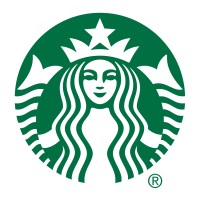
Stop & Shop
Stop & Shop has been around for more than 100 years. We started small, as a corner grocery store back in 1914. And we’ve grown…a lot. We have more than 50,000 Associates in 350+ stores throughout Massachusetts, Connecticut, Rhode Island, New York, and New Jersey. Through that change, our values have stayed the same. At Stop & Shop, we’ve made a commitment to making our stores better every day for our associates, our customers, and our communities. It’s our secret recipe for success. It guides everything we do from the products that stock our shelves to the way we manage our stores! It helps us put the customer first, do what’s right, win together, and make ideas happen.






